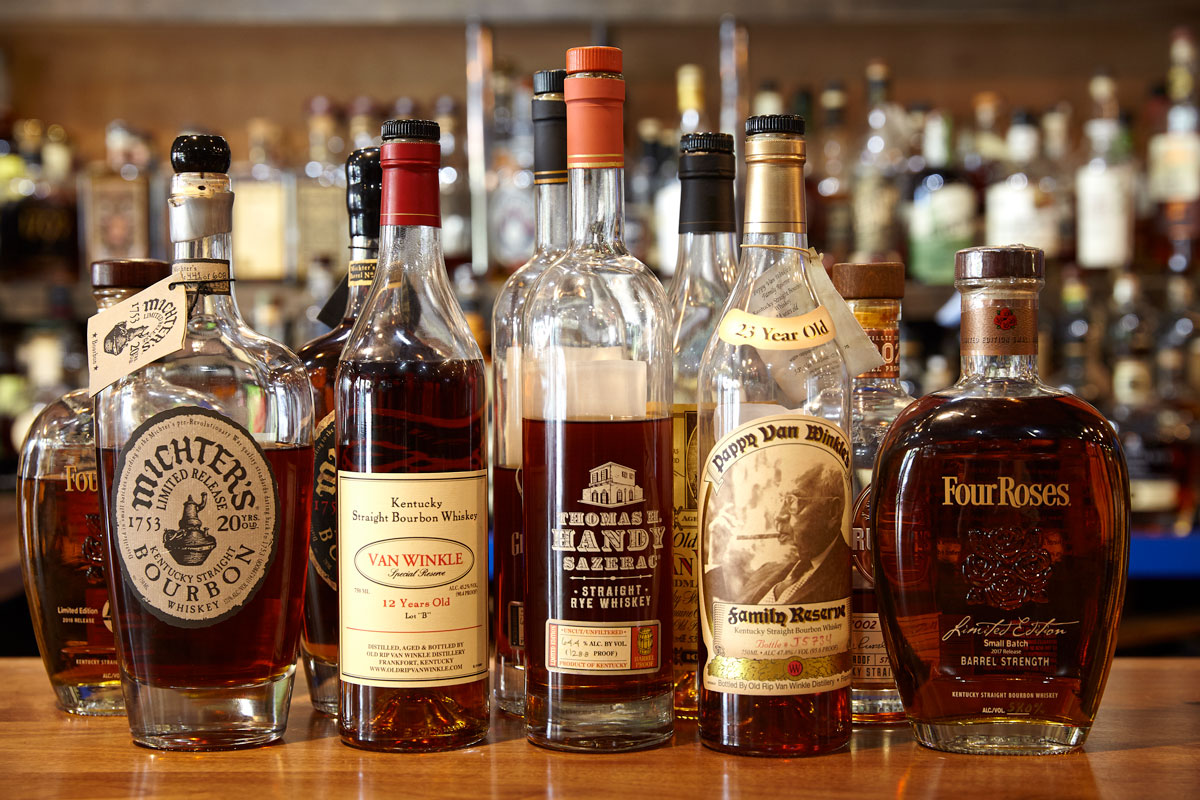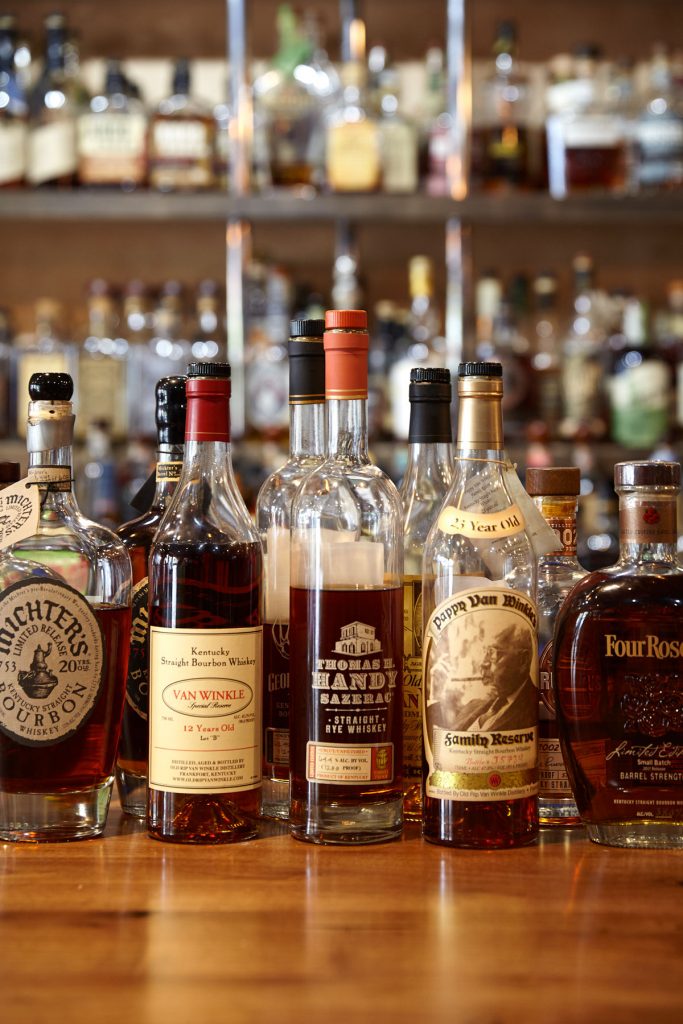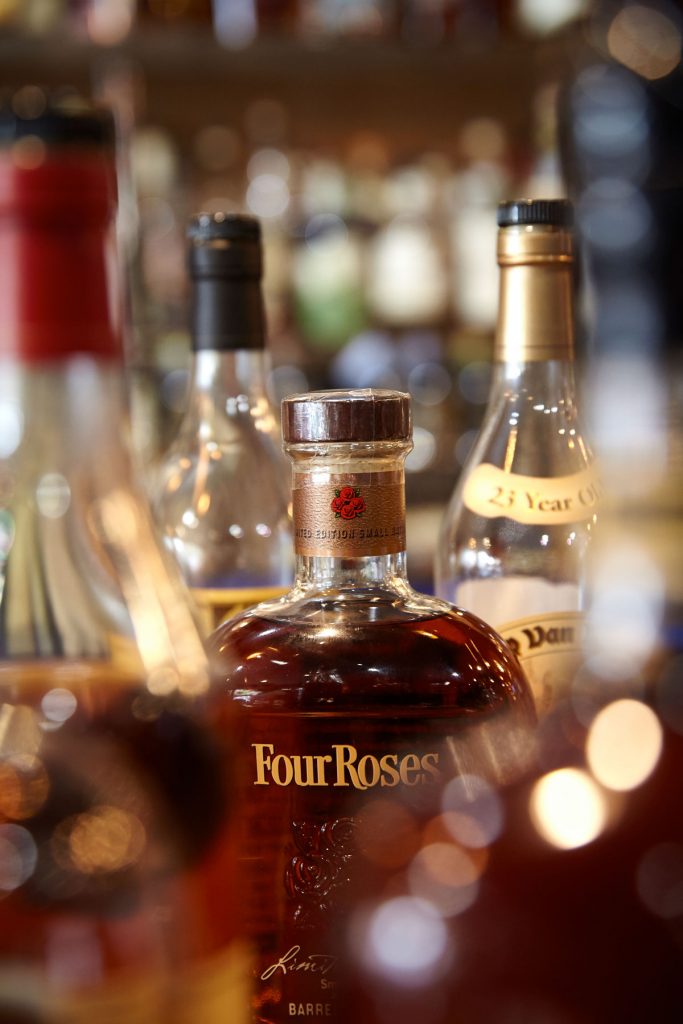Whiskey Business: Ohio steps up its bourbon game

The title “Superintendent of Liquor Control” may conjure the image of a barrel-chested, prudish, and punitive sheri from the Wild West, but that’s far from the a able persona Jim Canepa displays when discussing his role as the CEO of Ohio’s liquor operations.
In fact, Canepa’s job as Superintendent is less about enforcing stringent liquor laws and more about recruiting highly-regarded distillers to send their product his way, for the benefit of Ohio’s consumers and spirits enthusiasts. The former cold case homicide prosecutor and veteran government servant took charge of the Ohio Division of Liquor Control (ODLC) in early 2017, tasked with overhauling a 40-year-old inventory system and addressing consumer concerns. He’s embraced the role with aplomb, and in just over two years ODLC has made innovative strides to expand the selection of and ease of access to a variety of liquor.

“When you compare doing a murder case or selling bourbon, I’m in the selling bourbon mode of my life right now,” Canepa laughs. “So I think that’s a lot of fun.”
The history of alcohol in the United States is storied, divisive, and remains complex. All states regulate alcohol in compliance with some standard federal rules, such as a prohibition on any purchasing by people under 21 and investigating illegal resales on the black market. Most states are considered “Open.” Retailers can purchase high proof spirituous liquor—defined in Ohio as greater than 21% alcohol by volume, or 42 proof—directly from manufacturers to sell.
But Ohio is 1 of 17 “Control” states, where manufacturers sell directly to the state, which then owns the product and sets retail prices through a statutorily-defined formula.
Canepa contends Ohio’s arrangement has many advantages. For starters, control states are able to take more risk in purchasing bulk inventory than individual, risk-averse retailers in open states. Although these retailers maintain a greater degree of freedom and can satisfy the desires of liquor connoisseurs, states possess far superior purchasing power and ability to negotiate with manufacturers.
“What the data has shown, is where you have an open system, the product selection is a lot less,” says Canepa.
Bourbon is a particularly complex case study. Manufacturers have the ultimate leverage in choosing which markets to sell in, due to the unique process of distillation and the “crazy, out- of-control demand” across the globe, according to Canepa. Sure, manufacturers can make a healthy return on an individual barrel of high- quality bourbon, but that doesn’t necessarily help them achieve their number one goal: greater market share. By selling directly to the state, manufacturers can ensure consistent sales and a runway to market a wide swath of spirits.
BROUGHT TO YOU BY
“With regard to bourbon, the manufacturers hold all the cards in terms of merchandising, in marketing, in where they want to put it,” he explains. “With regard to everything else, we hold all the cards because they have to convince us that that vodka is going to sell, that tequila is going to sell, that gin is going to sell, because the demand for those things is fairly at.”
Some whiskey collectors see Control— and more specifically, Ohio Liquor (OHLQ), a partnership between the Ohio Division of Liquor Control which manages retail and wholesale operations of spirits, and JobsOhio Beverage System (JOBS), which owns spirits purchased by the state and supplies them to private, licensed agencies—as an adversary.
But from the viewpoint of Dylan Richards, a bartender at OPA Grill and Tavern in Delaware, working with the state is a necessary part of the sales process. “From a behind the bar standpoint, we can get the product we want and need in a fairly reasonable fashion.”

At OPA, Richards manages one of Ohio’s largest whiskey inventories, over 1,000 bottles all told. “The system we have isn’t perfect, but it works. A lot of people complain, but that’s human nature.”
Even though it can be more difficult to find rare bottles under the Control parameters, “the upside is that [in Ohio] everything is sold by the state at retail, so if you do find a hard-to-find bottle you won’t be charged an arm and a leg for it,” he explains.
Canepa underscores the point: “My main job, my sole job, is to create a market that’s fertile that will entice those manufacturers to bring their bourbon to the state of Ohio.” By building a consistent, growing market, Canepa expands his credibility, leverage, and—crucially—his trust with manufacturers, who ultimately hold the power to bring exclusive and rare product to consumers.
Canepa’s team hasn’t been afraid to test innovative ideas. OHLQ now operates “Last Call” stores, such as the Neil Avenue Giant Eagle, which offer discontinued, eclectic, or slow- selling product (clearing JOBS’ spirits backlog in the process), and purchases barrels directly from distilleries, and operates raffles for exclusive bottles. These events have been smashing successes.
With 1,200 people turning up at a Giant Eagle in Dublin for 84 bottles of Weller 12, and 500 people for 63 bottles of Old Fitzgerald 9-Year-Aged at a Kroger in Clintonville, the buzz for bourbon speaks for itself.
And which Ohio distillers offer the best product? Columbus’ own Watershed Distillery, High Bank Distillery, and Middle West Spirits ranked 1, 2, and 3, respectively in Ohio sales in 2018 among all producers of less than 100,000 gallons.
For Richards’ money, Ohio’s top distillers are Middle West Spirits (OYO), Watershed, and Cleveland Whiskey. But at the end of the day, he says, “We’re still Ohio, and most people are looking out for stuff that comes from Kentucky.”

Catching up with the Bluegrass State will be no easy task, yet Richards remains optimistic about the progress made at home. “Ohio distilleries and bourbon lovers are beginning to make a name for themselves on a broader spectrum.”
“They don’t have the marketing power that these giants have,” says Canepa of Ohio companies. “But these distillers are making some really good stu right here [in Ohio].”
And when the workday is over, what does Ohio’s authority on liquor control himself prefer to sip?
“I like all my children,” he says with a smile, before delving into a specific fondness for McKenna’s 10-Year Bottled in Bond, Old Forester Statesman, Maker’s Mark Rye, and Sazerac products.
BROUGHT TO YOU BY



